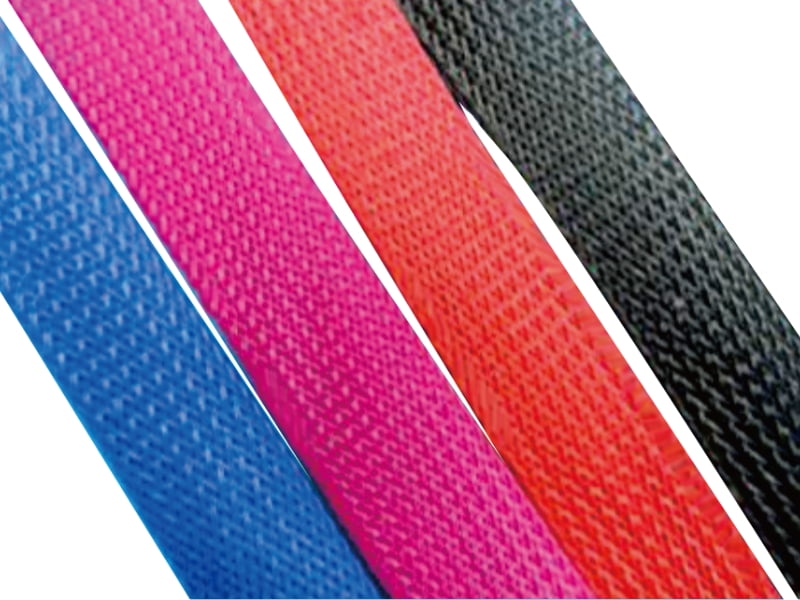Custom Nylon Braided Hose is a high-performance flexible tubing solution designed for demanding industrial and commercial applications. These hoses are constructed with a durable nylon inner tube reinforced with a braided textile or synthetic fiber layer, offering exceptional strength, flexibility, and resistance to abrasion, chemicals, and extreme temperatures.

Key Features and Technical Specifications
Custom Nylon Braided Hoses are engineered to meet rigorous performance standards, with the following characteristics:
High Pressure Resistance: Withstands pressures up to 300 psi (20.7 bar) at 70°F (21°C), making them suitable for hydraulic and pneumatic systems.
Temperature Range: Operates effectively in temperatures ranging from -40°F to +200°F (-40°C to +93°C), with short-term peaks up to 250°F (121°C).
Flexibility: Minimum bend radius of 4 times the hose diameter (e.g., 2" bend radius for 0.5" hose) for easy routing in tight spaces.
Abrasion Resistance: Exceeds 100,000 cycles in ASTM D3389 Taber Abrasion testing with CS-10 wheels and 1kg load.
Chemical Compatibility: Resistant to oils, fuels, acids (pH 3-11), and most industrial chemicals except strong oxidizers.
Weight: Approximately 30-40% lighter than comparable rubber hoses, with a typical weight of 0.15-0.25 lbs/ft depending on diameter.
Dielectric Strength: >500 V/mil (19.7 kV/mm), providing excellent electrical insulation properties.
Applications
Custom Nylon Braided Hoses serve diverse industries due to their versatile performance characteristics:
Industrial Machinery
Used for hydraulic power transmission in CNC machines, injection molding equipment, and automated assembly lines where flexibility and pressure resistance are critical. The hoses' smooth inner bore (typically Ra < 0.8 μm) minimizes flow turbulence and pressure drop.
Aerospace and Defense
Lightweight construction meets MIL-DTL-27231 specifications for aircraft fuel and hydraulic systems. The hoses' -40°F cold flexibility is crucial for high-altitude operations.
Automotive Systems
Common applications include turbocharger intercooler connections (handling 250°F air continuously), brake fluid transfer lines, and emission control systems. SAE J20 R3 and R9 compliant versions are available.
Medical Equipment
USP Class VI and FDA-compliant formulations are used in dialysis machines, respiratory equipment, and surgical tool pneumatic systems. The non-toxic, non-absorbent surface meets ISO 10993-5 cytotoxicity requirements.
Food and Beverage
NSF-51 certified hoses with 3-A sanitary fittings handle dairy, brewing, and food processing applications. The smooth bore prevents bacterial growth with < 0.5 μm surface roughness.
Maintenance Guidelines
Proper care extends service life and maintains performance:
Installation
Use radius guides to maintain minimum bend radius - never kink during routing
Support weight every 24-36 inches with cushioned clamps (force < 5 lbs per clamp)
Allow 5-10% extra length for thermal expansion (0.004 in/in/°F coefficient)
Operational Care
Inspect every 500 operating hours for:
External abrasion (>10% braid damage requires replacement)
Bulging or diameter changes (>3% indicates structural failure)
Fitting corrosion (check torque values quarterly)
Flush systems annually with compatible solvents (e.g., isopropyl alcohol for general cleaning)
Storage
Store coiled on >10x diameter reels in UV-protected areas
Maintain 40-80°F (4-27°C) with <60% humidity
Rotate stock every 18 months to prevent plasticizer migration
Cleaning Procedures
For food-grade applications:
Flush with 160°F (71°C) water at 3-5 ft/sec velocity
Circulate 1% caustic solution (pH 11-12) for 20 minutes
Rinse with RO water until conductivity < 50 μS/cm
Air dry with filtered air (0.2 μm absolute filter)
Technical Standards
Custom Nylon Braided Hoses comply with:
SAE J517 (Hydraulic Hose)
ISO 18752 (Rubber and Plastics Hose)
EN 853 (Wire Braid Reinforced Hoses)
FDA 21 CFR 177.2600 (Food Contact)
When properly specified and maintained, Custom Nylon Braided Hoses provide reliable performance across extreme operating conditions. Their combination of mechanical properties, chemical resistance, and design flexibility makes them a preferred solution for mission-critical fluid transfer applications.




 English
English

